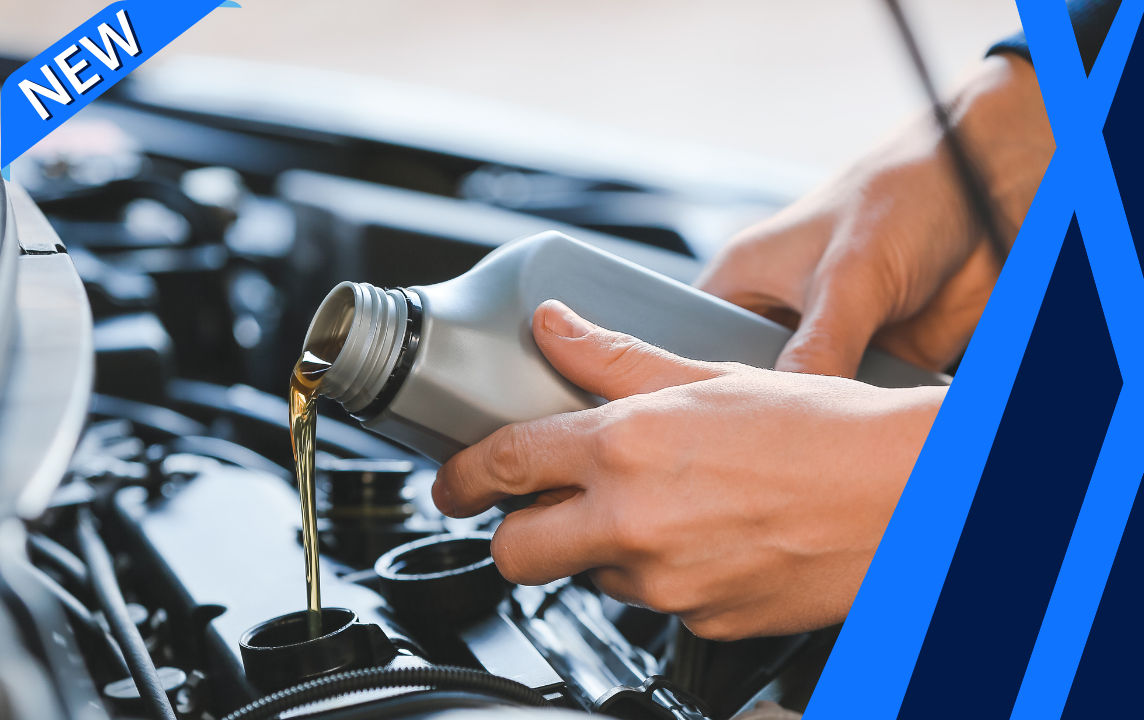Description
Tighten Wheel Lug Nuts
What is tightening the wheel lug nuts all about?
Whenever a car’s wheel has been taken off, it should be replaced and the lug nuts properly tightened. By properly, we mean with a torque wrench that tightens the nuts to the manufacturer’s specification. Many workshops simply use air wrenches that frequently over tighten the lug nuts. This is potentially dangerous and destructive because it can damage the wheel, stud and lug nut, and warp the disc brake rotor.
Keep in mind:
- Every car has a recommended torque figure for the lug nuts.
- There is a sequence best followed for tightening the lug nuts.
- Any kind of grease or anti-seize compound should not be applied to the threads
- Even without a wheel removal, it’s advisable to check the lug nuts from time to time.
How it’s done:
- The vehicle is raised and supported on jack stands
- The wheels are installed and the lug nut installed by hand then only tightened enough to hold the wheel snugly
- The car is lowered off of the jack standstill the wheel just touches the ground and torque the lug nuts to specifications in a star pattern
- The vehicle completely lowered to the ground and completed till all wheels are done
Our recommendation:
Have your wheels checked at every routine maintenance service, and ask the mechanic to ensure the correct torque levels are observed.
What is a common symptom indicating you need to tighten the wheel lug nuts?
- Clunking or rattling sound from the wheels.
How important is this service?
Since there is a danger of wheels coming off or of damage being done to the wheels or their attachment studs, you need to be sure that the correct procedure for tightening the wheel lug nuts has been followed for your vehicle. If there’s any doubt, get an inspection from one of our expert mechanics as soon as possible.




